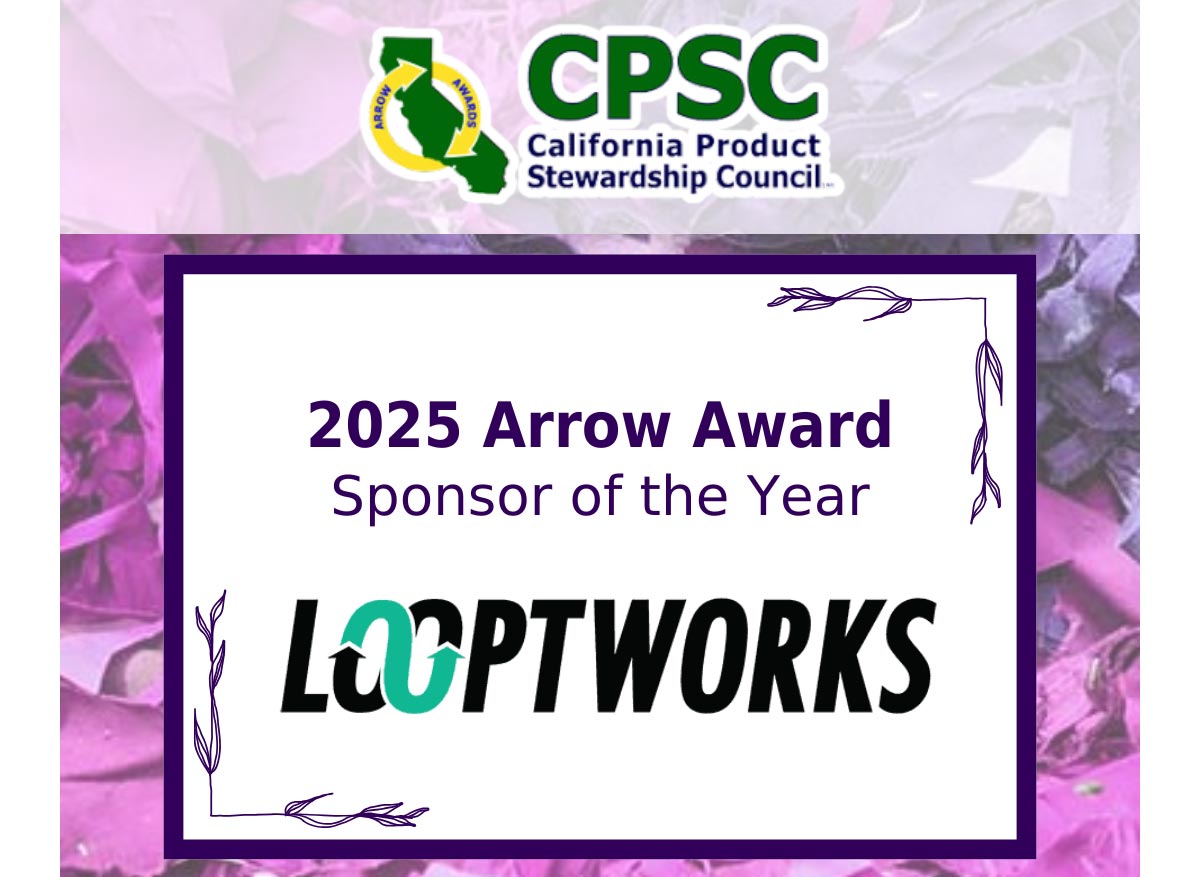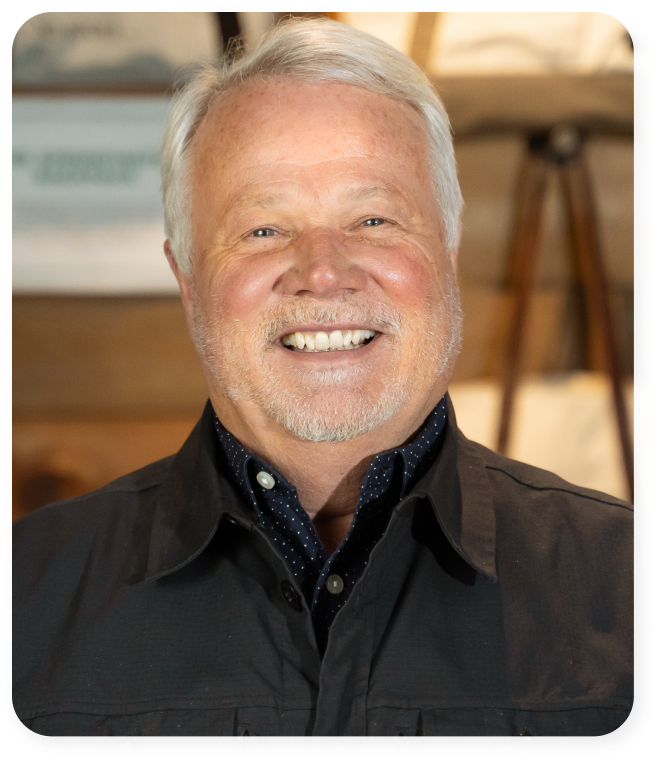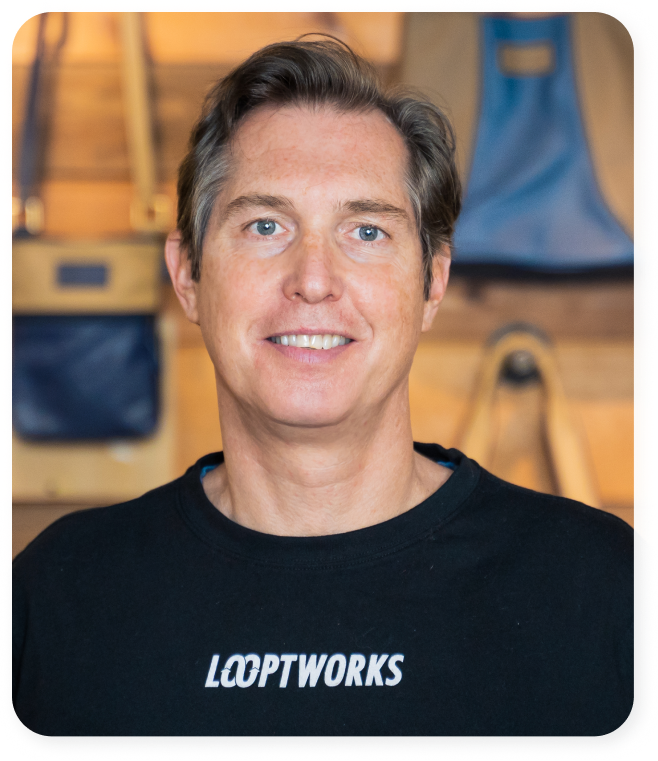

Calling All Businesses with Excess Textiles If your business deals with excess textiles, our solutions team is eager to collaborate! Together, let’s weave a greener tapestry for generations to come.
Designing for Circularity: Where to Start
Circularity is often an afterthought. An apparel brand consistently ends up with excess inventory and needs a sustainable solution to delight its customers and investors, for example. But the circularity conversation can happen much earlier—during the design phase.
According to the UK’s Waste and Resources Action Programme, up to 80% of a textile product’s environmental impact is determined at the design stage. When you design for circularity, you consider the entire lifecycle of a garment, from the raw materials it’s made with, to how it’s manufactured, to what happens when a consumer discards it. The process aims to create apparel that’s durable, versatile, repairable, and recyclable.
Below, we’ll dive into key considerations for circular design, discuss the difference between circular and regenerative design, and shout out organizations around the world who are leading the charge in designing for circularity.
What is circular design?
In short, circular design means creating products and systems that minimize waste and environmental impact while maximizing resource efficiency and longevity. While we focus on textiles at Looptworks, circular design extends to all consumer products, from sweatshirts to smartphones. Whatever product you’re producing, here are six considerations for your design and development team to think about:
Minimizing waste in the production process is key to circular design. Incorporate cutting techniques that maximize fabric utilization and find innovative ways to repurpose or recycle production scraps. Brands can also implement practices to reduce water and energy usage in textile production, such as using water-efficient dyeing processes, recycled wastewater, and renewable energy sources.
Think about all the steps in your supply chain and how much energy is involved in delivering final products to their retail destinations. Embrace local manufacturing to reduce transportation emissions and support regional economies while also promoting shorter and more transparent supply chains.
Look ahead to what happens to your product once it’s discarded. How can its raw materials be reused in another product? Designing products with end-of-life scenarios in mind is crucial. This includes using materials that can be easily recycled or composted as well as ensuring that different components of the garment, like buttons and zippers, can be separated for recycling purposes.
Providing information about the sourcing, production, and end-of-life options of a garment allows consumers to make informed choices and encourages accountability throughout the supply chain. Behind the scenes, conduct regular comprehensive lifecycle assessments to evaluate the environmental impact of your products and identify areas for improvement in design and production. Designing for circularity is not a quick fix—it’s a process that can be continually optimized alongside advances in education, social awareness, and manufacturing technology.
Designing for circularity vs. regenerative design—what’s the difference?
“Circular design” is sometimes used interchangeably with “regenerative design” as both are aimed at reducing the environmental impact of products and systems. Still, each approach has a slightly different focus.
Circular design refers to products and systems that operate within a closed-loop system where resources are reused rather than disposed of as waste. The primary goal of circular design is to minimize waste, maximize resource efficiency, and extend product lifecycles through strategies such as recycling, reuse, repair, and remanufacturing. Circular design aims to reduce the overall environmental footprint of products and systems by keeping materials and resources in use for as long as possible, thereby minimizing the need for new resource extraction.
Regenerative design aims to restore the health of ecosystems and communities through systems that actively contribute to the regeneration of natural resources. It seeks to create mutually beneficial relationships between human activities and natural systems, promoting practices that improve soil health, water quality, biodiversity, and ecosystem resilience.
While circular design focuses on minimizing negative impacts, regenerative design aims to generate positive impacts. Both approaches are important for advancing sustainability and addressing environmental challenges.
Manufacturers paving the way in circular design
Looking for examples of brands putting circular design into practice? These are just some of the manufacturers setting positive examples in the textile industry.
Where does Looptworks fit into your supply chain?
Wherever you are in your circularity journey, Looptworks can help. We partner with brands at the material sourcing and disposal stages of the product lifecycle, recycling excess pre- and post-consumer textiles into fibers that can be used to make new apparel. Reach out to learn more today.
We’d love to hear from you!


Denine has over 20 years of experience driving new business opportunities for leading companies, including E.I. DuPont de Nemours & Company, Inc., The Dow Chemical Company, Outlast Technologies, and DST Systems. She holds a BS from the University of Pittsburgh and a Certification in Executive Management from the Kenan-Flagler School of Business at the University of North Carolina at Chapel Hill.

Tami is a senior accounting leader with over 16 years of experience in the manufacturing and textile industry. Her specialties include process development and implementation, mergers and acquisitions, job and project costing and analysis, and managing complex teams and technical projects. Tami has served as Chief Financial Officer and Controller for a variety of innovative companies, where her analytical skills and strategic mindset helped organizations create efficiencies in their financial systems.

Kelley is a passionate and strategically minded business development leader with more than two decades of experience in the sporting goods apparel industry. He has experience in product construction, league partnerships, retail relationships, supply chain management, sustainability, circularity, and carbon footprint management. Kelley builds successful partnerships by putting the customer first while simultaneously advancing his organization’s business objectives.

Suzy is a product leader and operations expert with more than 25 years of experience in the textile industry. She is passionate about finding creative solutions to complex problems and motivating people to action through vision, strategy, collaboration, and communication. Suzy has proven expertise in product development, sustainability, marketing, supply chains, and innovating processes and best practices to drive results.

Scott is a visionary leader with more than 32 years of experience in strategic branding, innovative product creation, supply chain sustainability, and sales and marketing for global organizations. He founded Looptworks in 2009 as an industry solution for turning excess materials into upcycled consumer products. In 2022, Scott transitioned the company to a B2B business model focused on eliminating global textile waste through closed-loop solutions.

Scott is a visionary leader with more than 32 years of experience in strategic branding, innovative product creation, supply chain sustainability, and sales and marketing for global organizations. He founded Looptworks in 2009 as an industry solution for turning excess materials into upcycled consumer products. In 2022, Scott transitioned the company to a B2B business model focused on eliminating global textile waste through closed-loop solutions.